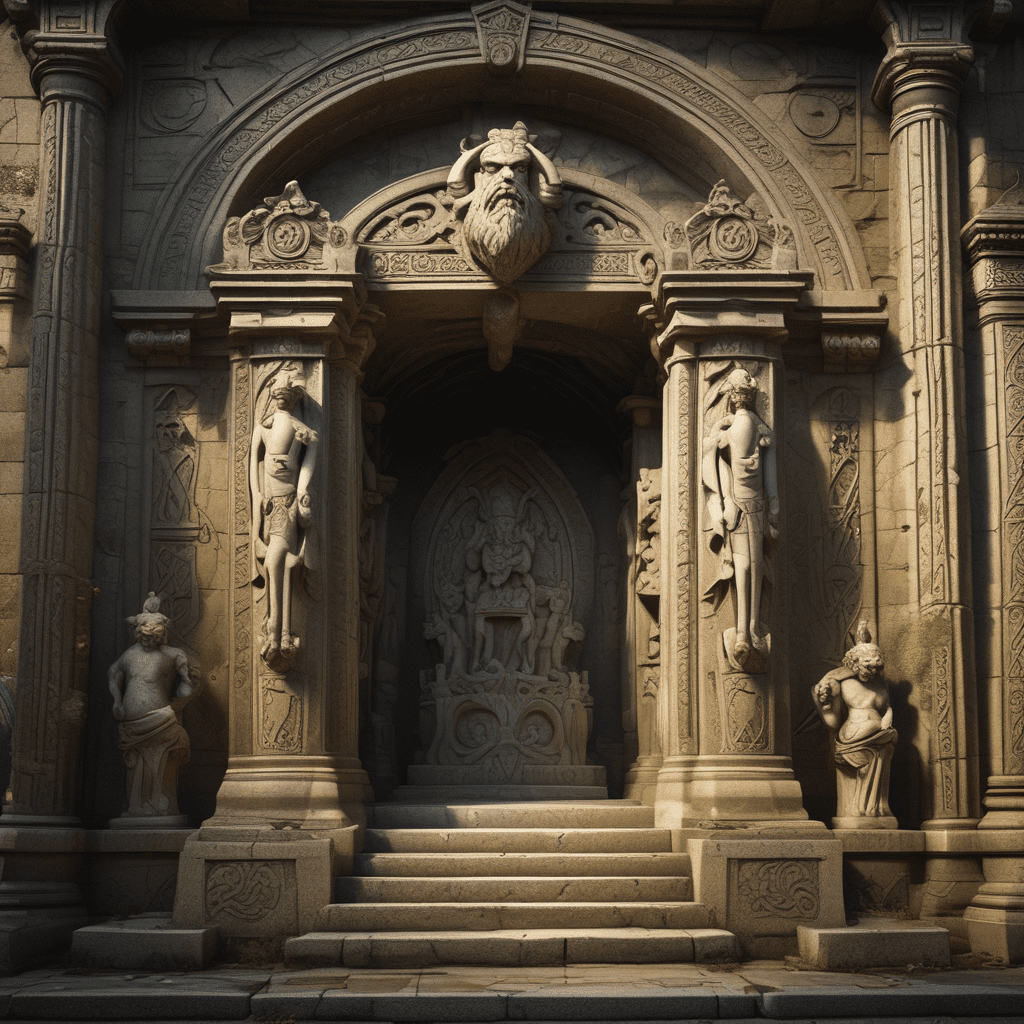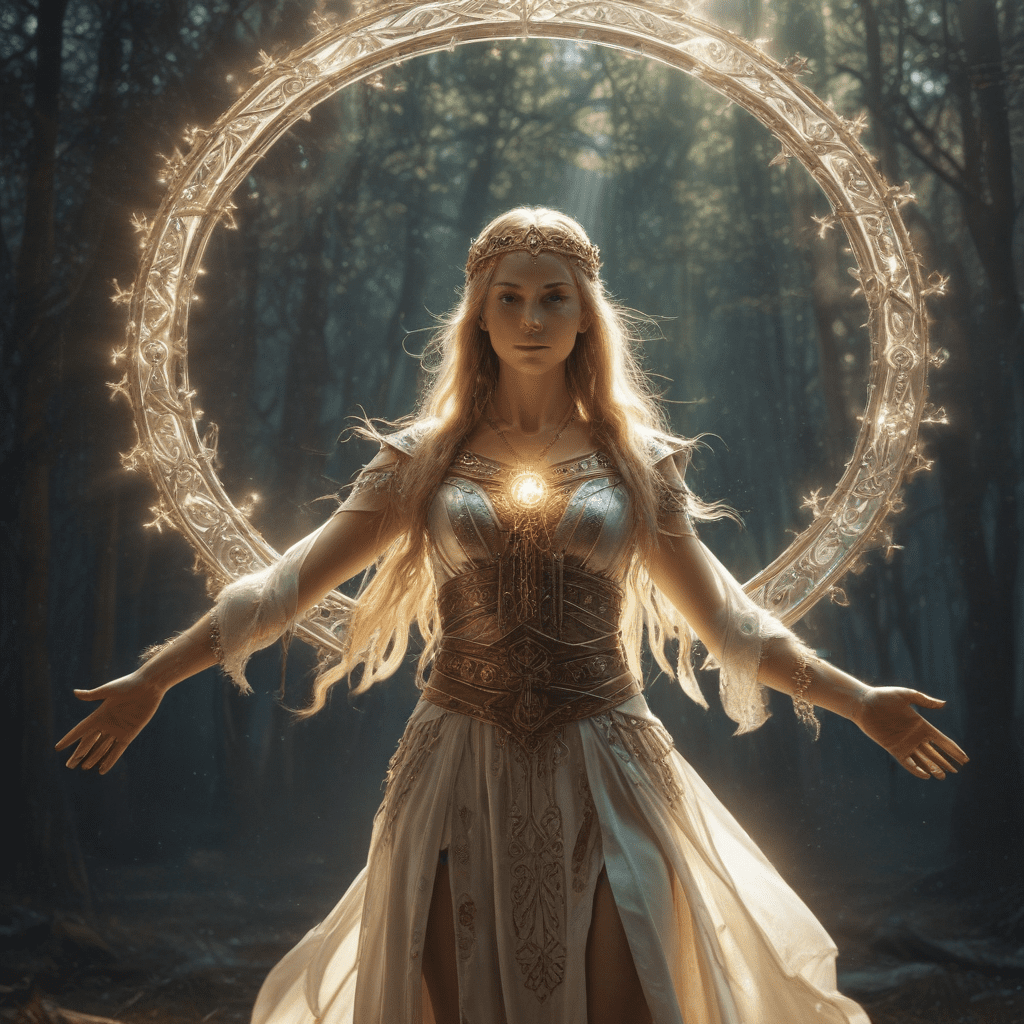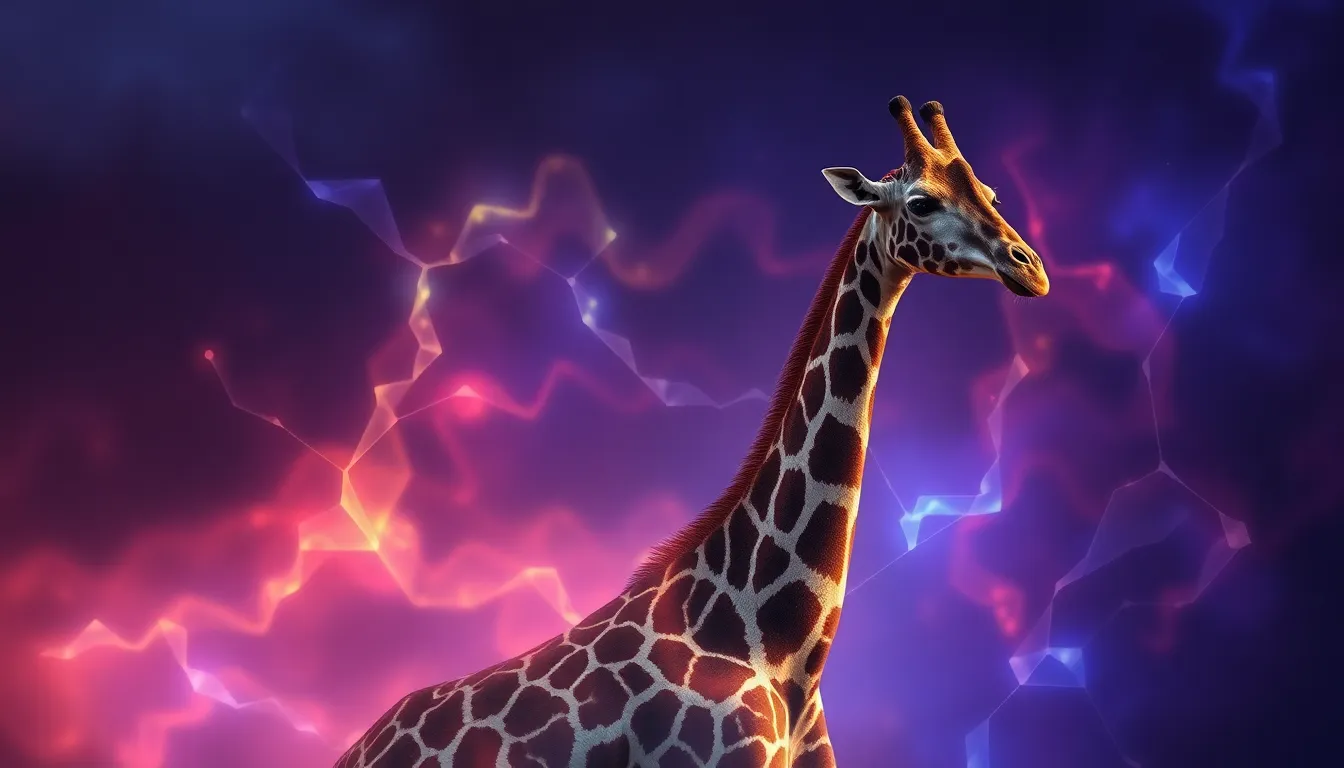The Divine Puzzle: How Creation Myths Piece Together Our Existence
1. Introduction to Creation Myths
Creation myths are narratives that explain the origins of the world, humanity, and the universe. They are foundational stories that provide insight into how different cultures understand existence. Across various civilizations, creation myths serve as a cornerstone of cultural identity, offering explanations for the natural world and addressing fundamental questions about life, purpose, and the human condition.
In every culture, these myths play a significant role in shaping beliefs, traditions, and values. They help people make sense of the universe, providing a framework for understanding their place within it. From the Genesis account in the Judeo-Christian tradition to the rich tapestry of Hindu cosmology, creation myths reflect the diversity of human thought and experience.
2. The Purpose of Creation Myths
The primary purpose of creation myths can be grouped into several key areas:
- Understanding Existence: Creation myths address profound questions about why we exist and what it means to be human.
- Moral and Ethical Guidance: Many myths provide frameworks for ethical behavior and moral conduct, offering lessons that transcend time and culture.
- Cultural Identity: These narratives often reflect the values and beliefs of a society, reinforcing communal bonds and shared identity.
Through these stories, cultures can articulate their understanding of the cosmos, the divine, and the human experience, allowing individuals to find meaning and purpose in their lives.
3. Comparative Analysis of Major Creation Myths
Creation myths vary significantly across cultures, yet many share common themes. Here are some notable examples:
- Genesis (Judeo-Christian): The story of God creating the world in six days, culminating in the creation of humanity in His image.
- Enuma Elish (Babylonian): A tale of gods battling for supremacy, ultimately leading to the creation of the world from the body of the defeated goddess Tiamat.
- Hindu Creation Myths: Various accounts, including the cosmic ocean and the god Vishnu creating the universe from the primordial waters.
While these myths differ in their narratives and deities, they often explore similar themes, such as chaos and order, the relationship between the divine and humanity, and the significance of creation itself.
4. The Role of Cosmology in Creation Myths
Ancient societies often intertwined their cosmological views with their creation myths. The way they perceived the universe significantly influenced their narratives. For instance:
- Geocentrism: Many cultures believed the Earth was the center of the universe, leading to myths that placed humanity at the focal point of creation.
- Cosmic Cycles: In Hinduism, creation and destruction are seen as cyclical processes, reflecting a universe in constant flux.
- Mythical Geography: Myths often describe the cosmos in terms of specific geographical features, linking the divine to the natural world.
This connection between cosmology and mythology allows ancient peoples to explain their existence and their relationship with the universe, fostering a sense of belonging and understanding.
5. Symbolism and Archetypes in Creation Stories
Creation myths are rich in symbolism and archetypes, which often carry deep psychological and cultural meanings. Some common symbols include:
- The Cosmic Egg: Represents the potential of creation and the universe’s birth.
- Serpents and Dragons: Often symbolize chaos, danger, or the primal forces of nature that must be tamed.
- The Tree of Life: Represents interconnectedness and the cycle of life and death.
These symbols resonate with human experiences and emotions, reflecting our innermost fears, desires, and aspirations. They serve as archetypes that recur in various cultural narratives, illustrating universal themes in the human experience.
6. Creation Myths and Scientific Understanding
The intersection of mythology and science presents a fascinating dialogue about the origins of life. While scientific theories such as the Big Bang and evolution provide empirical explanations, creation myths offer a narrative framework that addresses existential questions. Key points of comparison include:
- Big Bang Theory: A scientific explanation of the universe’s origins, focusing on cosmic events rather than divine intervention.
- Evolution: Describes the development of life through natural processes, contrasting with myths that attribute creation to divine beings.
- Complementary Perspectives: Myths often address the “why” of existence, while science focuses on the “how,” allowing for a richer understanding of life.
These differing approaches can coexist, providing individuals with a holistic view of existence that encompasses both scientific inquiry and spiritual reflection.
7. The Influence of Creation Myths on Art and Literature
Creation myths have significantly influenced art and literature throughout history. They inspire creativity and provide rich narratives for storytelling. Examples include:
- Literature: Works like John Milton’s “Paradise Lost” reinterpret biblical creation, exploring themes of free will and temptation.
- Visual Arts: Artists such as William Blake have drawn on creation myths to depict the relationship between humanity and the divine.
- Modern Adaptations: Contemporary authors and filmmakers often reimagine these myths, reflecting current societal issues.
Through their artistic expressions, creators continue to explore the themes of existence, identity, and morality found in these ancient narratives.
8. Modern Interpretations and Adaptations of Creation Myths
In contemporary society, there is a resurgence of interest in creation myths as people seek to understand their identities and place in the world. Modern interpretations often involve:
- Recontextualization: Adapting ancient stories to address modern issues, such as environmental concerns and social justice.
- Interdisciplinary Approaches: Combining mythology with psychology, philosophy, and science to create a multifaceted understanding of existence.
- Inclusive Narratives: Exploring diverse cultural myths that reflect a broader range of human experiences and identities.
This ongoing dialogue demonstrates the relevance of creation myths in addressing contemporary existential questions and fostering a sense of community and shared understanding.
9. The Psychological Impact of Creation Myths
Creation myths hold profound psychological significance, shaping individual and collective identities. They offer:
- Comfort and Reassurance: Myths provide answers to existential questions, offering a sense of security in an unpredictable world.
- Framework for Morality: They guide ethical behavior, helping individuals navigate complex moral landscapes.
- Community and Belonging: Shared myths foster connections among individuals, reinforcing cultural identity and community bonds.
As such, creation myths are not just stories; they play a crucial role in shaping our understanding of ourselves and our place in the universe.
10. Conclusion: The Continuing Legacy of Creation Myths
Creation myths remain a vital part of human culture, offering timeless insights into our existence and the nature of reality. They continue to shape our understanding of life, morality, and identity in contemporary society. As we navigate the complexities of modern existence, these ancient narratives provide a source of wisdom, comfort, and inspiration, reminding us of our shared humanity and the universal questions that bind us all.
In a rapidly changing world, the legacy of creation myths endures, inviting us to explore the divine puzzle of our existence and the intricate tapestry of life that connects us all.



